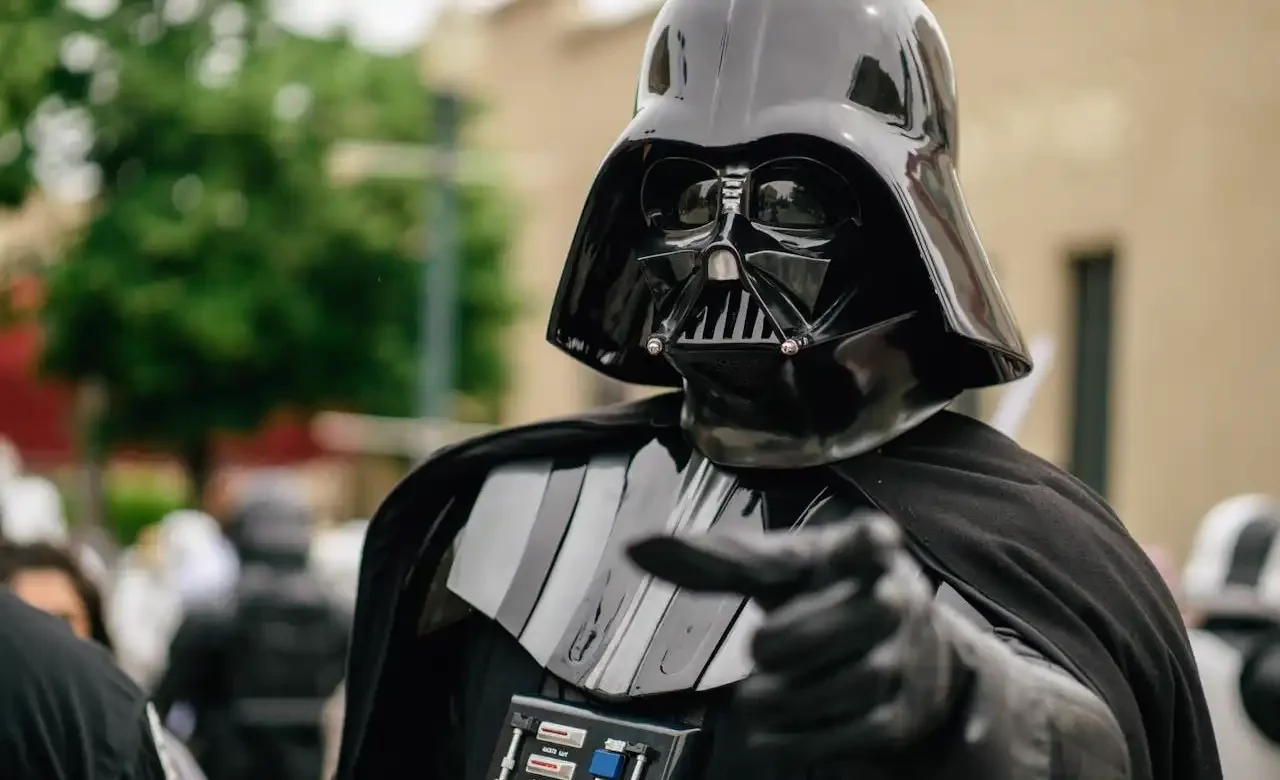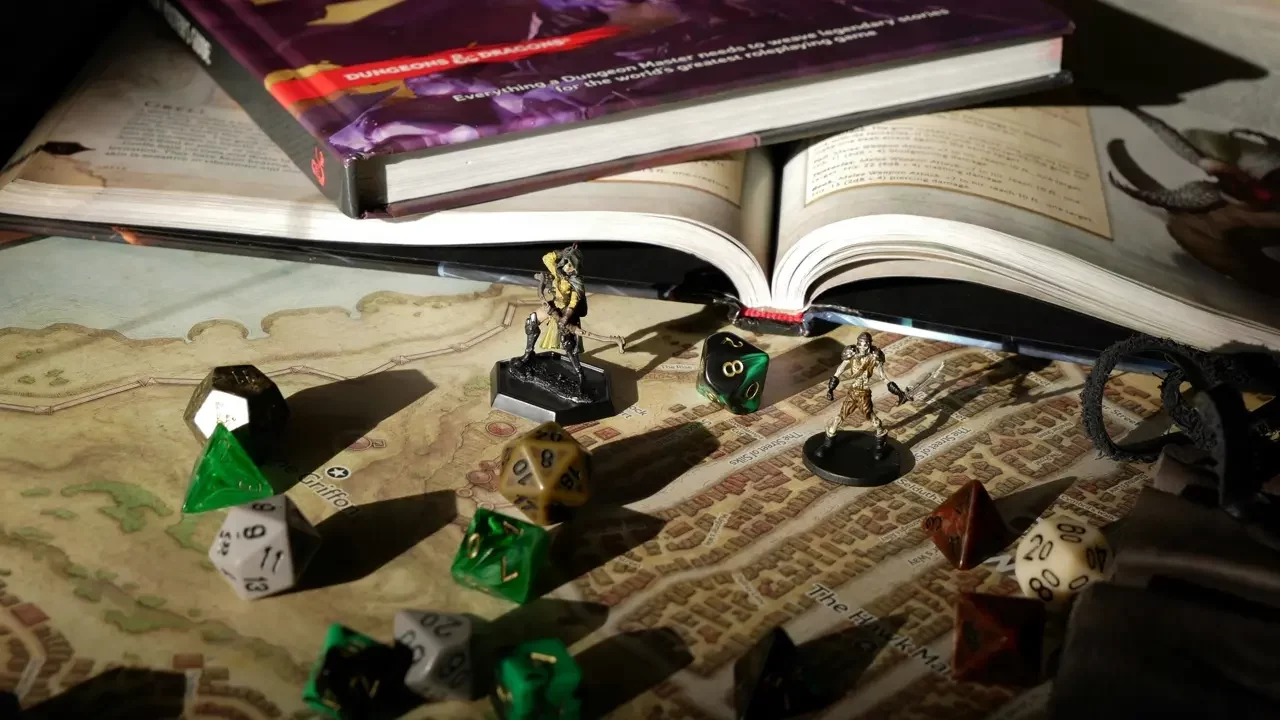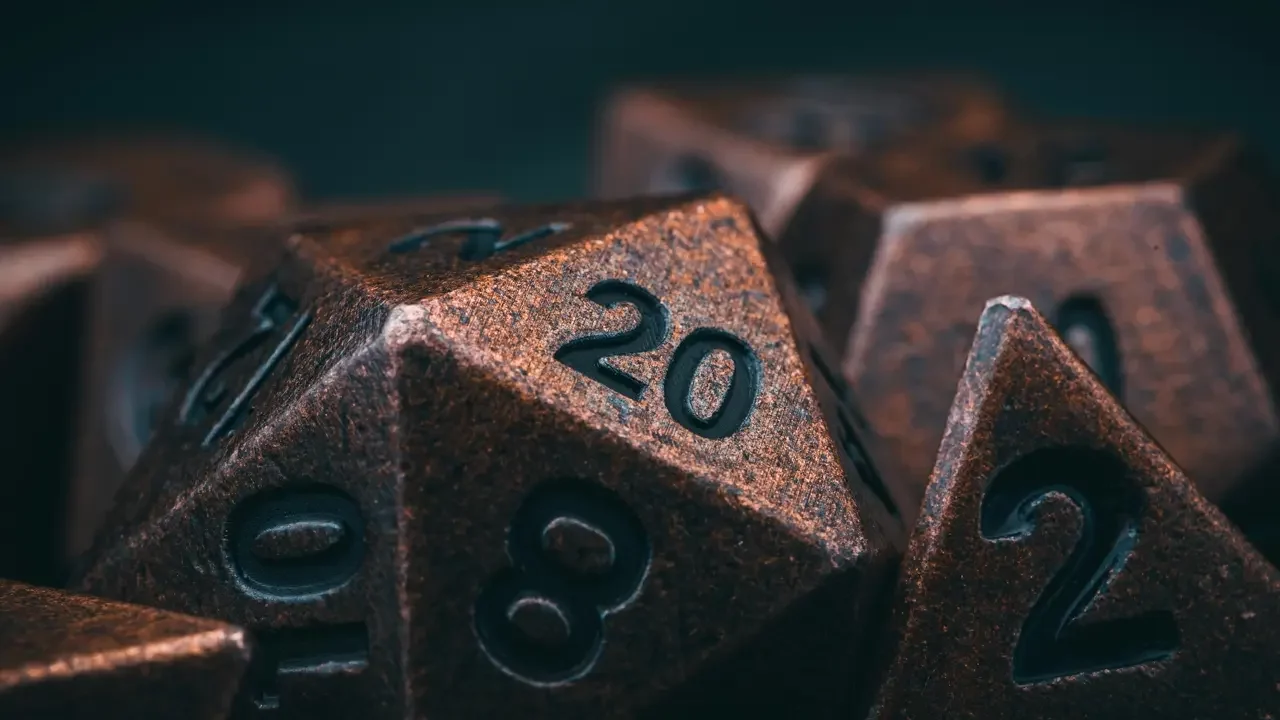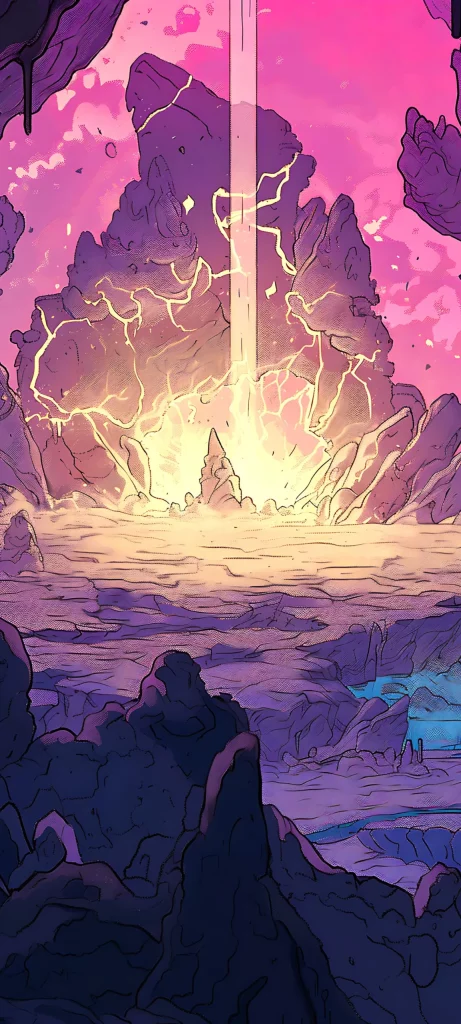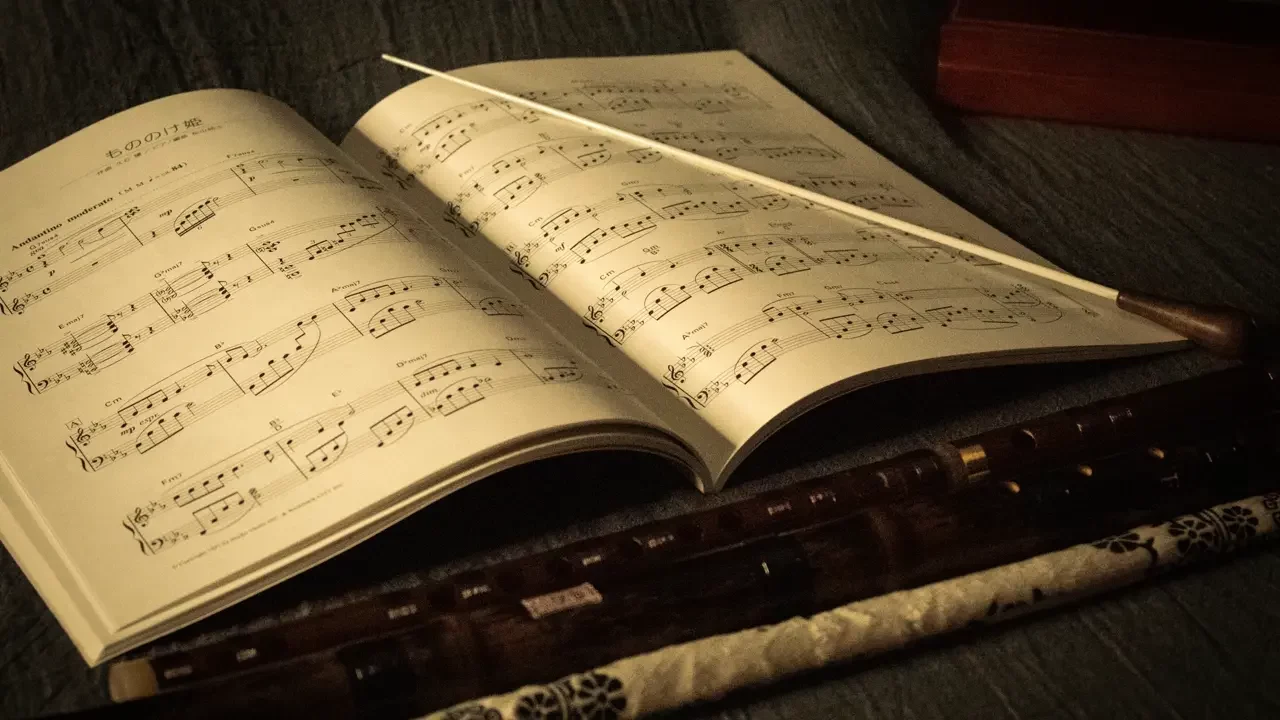
One of the most important things to keep in mind when writing music for tabletop role-playing games (TTRPG) is that music always comes in third place. Narrative is first, visual aids are second, and music comes third. Because of that, we as bards often need to find a way to make our songs both engaging and non-distracting—no small feat!
Instrument selection plays a huge role in the songwriting process. Low-quality libraries will often produce low-quality results if not treated properly. And high-end libraries can still sound bad in the hands of someone who doesn’t understand how they work—or where each instrument belongs in the sonic spectrum.
That kind of instinct can’t really be taught, it’s part of a composer’s intuition. In this article, we'll guide you to adapt your songs to the style of music written for TTRPG.
Don’t Be Afraid Of Silence
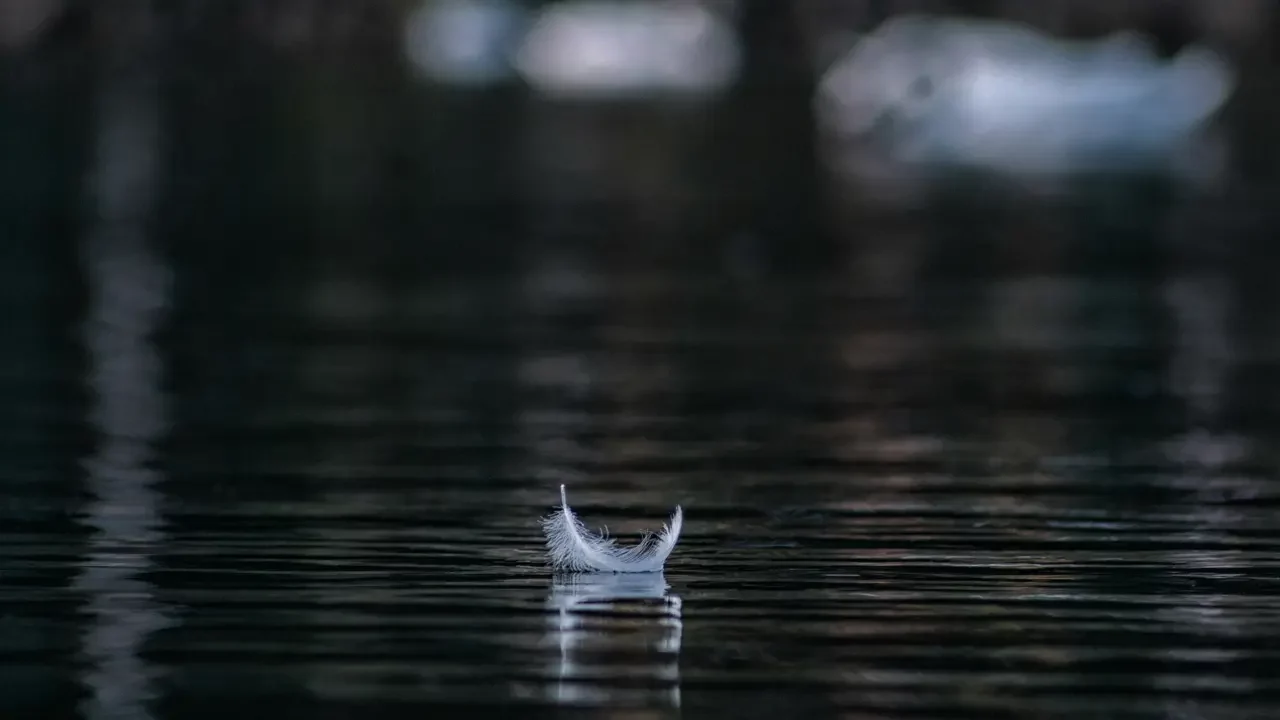
Here's a rough insight that took me a long time to understand, and I know a lot of our composer friends went through the same thing: pauses and quiet moments are powerful tools.
The reasoning is that these silent moments create space, letting the story breathe and helping your music stay in the background without disappearing completely.
Repetition Is Your Friend
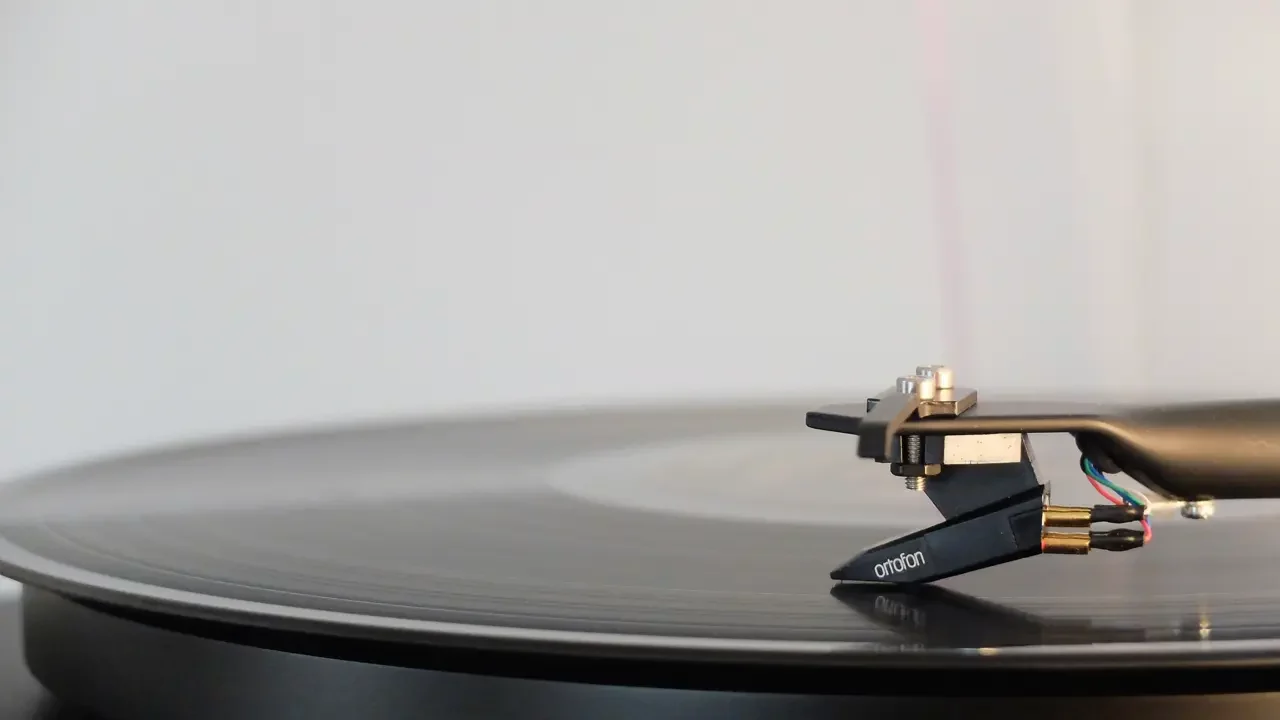
Repetition supports long-form tracks—when done well. One trick I use is letting the main theme act as a bridge between different harmonic sections. Sometimes, I’ll pass that theme through five different instruments to “glue” the bars together.
For example, a classical guitar introduces the main theme, then a harpsichord picks it up (exact or varied). In other words, this kind of continuity keeps the track familiar even as the arrangement evolves.
Combat Music Needs Restraint

An important idea to remember is that TTRPG music should stay in the background—especially during combat. I don’t have a perfect formula, but in my experience, the best combat tracks are actually the least loud.
In this regard, aim to keep the energy up without overwhelming the scene. Instead, focus on tension, rhythm, and pacing; not big dramatic hits.
Know The Game You’re Scoring For

It goes without saying that not all TTRPGs are the same. For instance, a dungeon crawl, a setting about political intrigue, or a cozy tavern roleplay will all need different musical moods.
First and foremost, you should ask yourself: "What genre is this session?" Discern the theme, whether it is high fantasy, sci-fi, Gothic horror, grimdark, or something else entirely.
Then, the follow-up question should be: "What’s the pacing of this moment?" Pacing can relate to the pillars of TTRPG, including exploration, tension, and resolution. In this sense, scoring for a noir investigation is totally different from scoring a steampunk airship chase. Let the context guide you.
Loops Are Your Secret Weapon
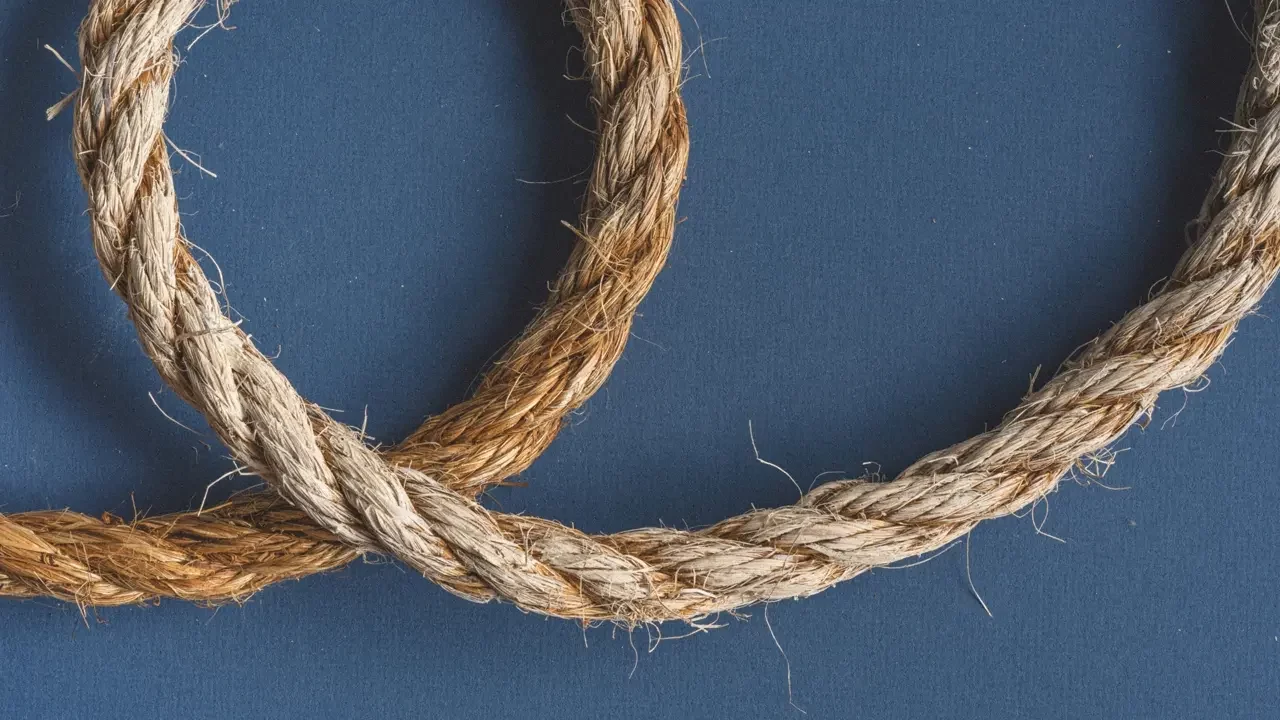
In a TTRPG, the average scene—whether combat or trading—can last well over 20 minutes; this means that a track with a seamless loop (i.e. no noticable cuts) is essential for the players' enjoyment.
In order to compose a good looped track, you must consider a subtle development and a smooth return to its beginning. If done well, your track will quietly reinforce the mood without pulling the players' attention from the game.
Avoid The Spotlight (Except When You Shouldn’t)
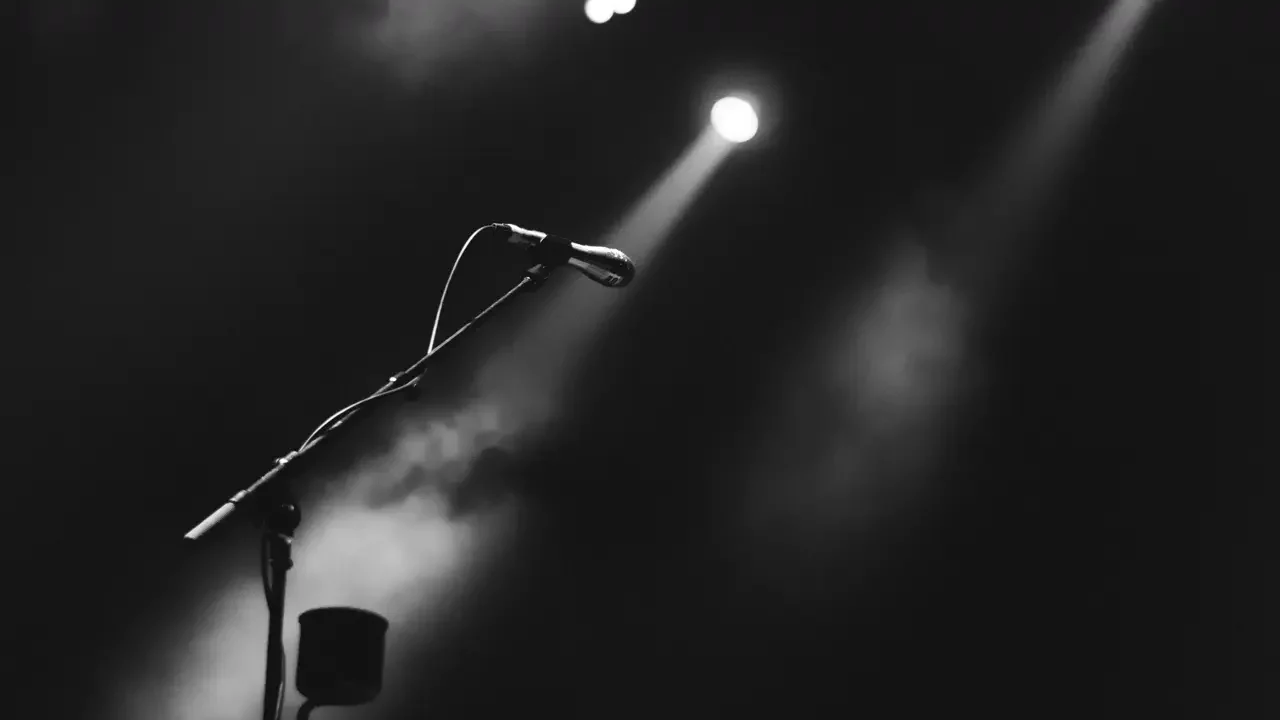
As composers, our job job is usually to support, not dazzle. However, that’s tough for composers, especially when we’re trained to make music that shines. But, in a TTRPG, your music should be the invisible glue holding the scene together.
With that said, if it is a boss fight, a character's death, or a world-shifting moment—go for it. Let the music lead.
Use Real-World References Cleverly

There's an efficient method of adding great flavor to your compositions, by borrowing historical or regional sounds. For example, you may use a frame drum for tribal vibes, a hurdy-gurdy for medieval gloom, a bamboo flute for Far-Eastern fantasy.
However, remember to use these elements sparingly. A little goes a long way, but too much can become cliché or be very distracting.
Trust The Players To Fill the Gaps
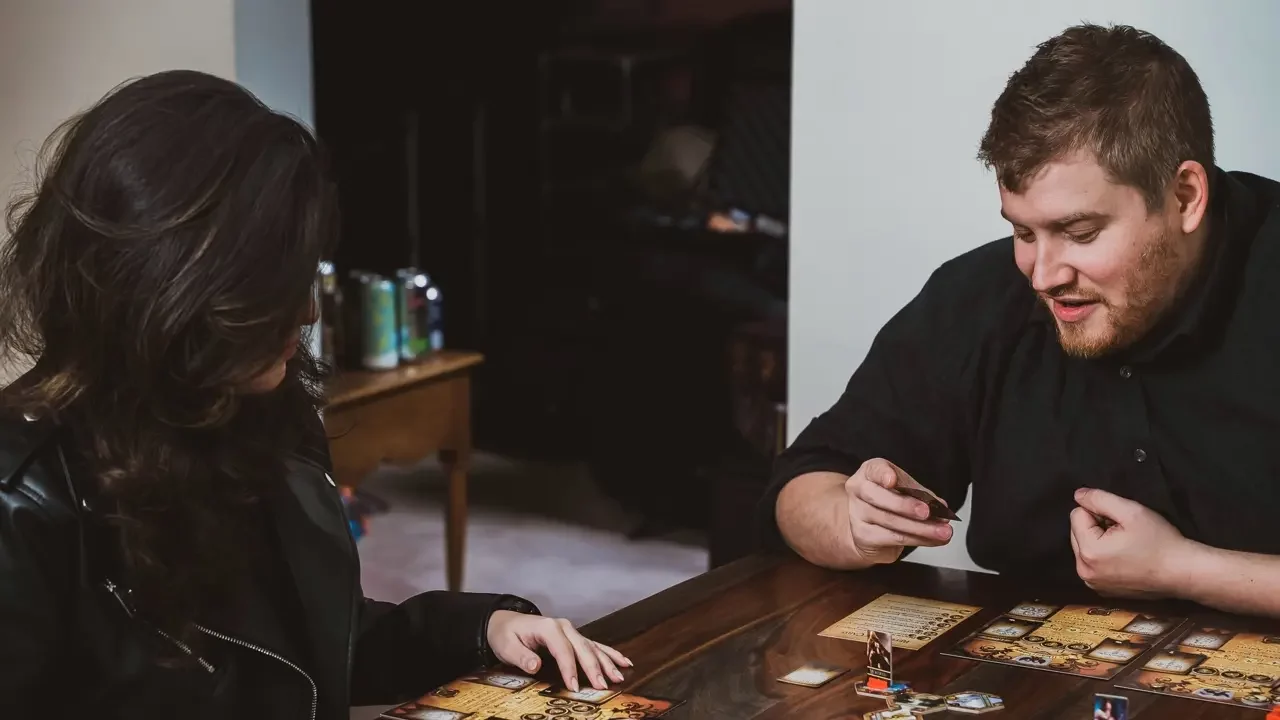
One final note is that you don't need to explain everything musically. TTRPG players are great at imagination, thus you should let their creative minds do the the heavy lifting.
In other words, your job as a musician is to set the atmosphere, not tell the whole story.
To Quickly Recap...

Hopefully, these guidelines can help you, composer, get started on your journey of composing for TTRPG. Remember, everything written is very flexible; use these tips to tweak your songs and bring them closer to perfection, but not too close. Sometimes, perfection lives in the imperfections. Here's a summary list:
• Music comes third—story first, visuals second.
• Choose instruments and libraries wisely.
• Use silence to create space.
• Repetition is the glue for long songs.
• Combat is about subtle tension, not volume.
• Know the campaign's mood (e.g. genre, pacing, tone, etc.).
• Loops are essential for immersion.
• Stay subtle—except in rare, dramatic moments.
• Sprinkle flavor instruments. Don’t pour.
• Atmosphere over detail—let the players imagine.
